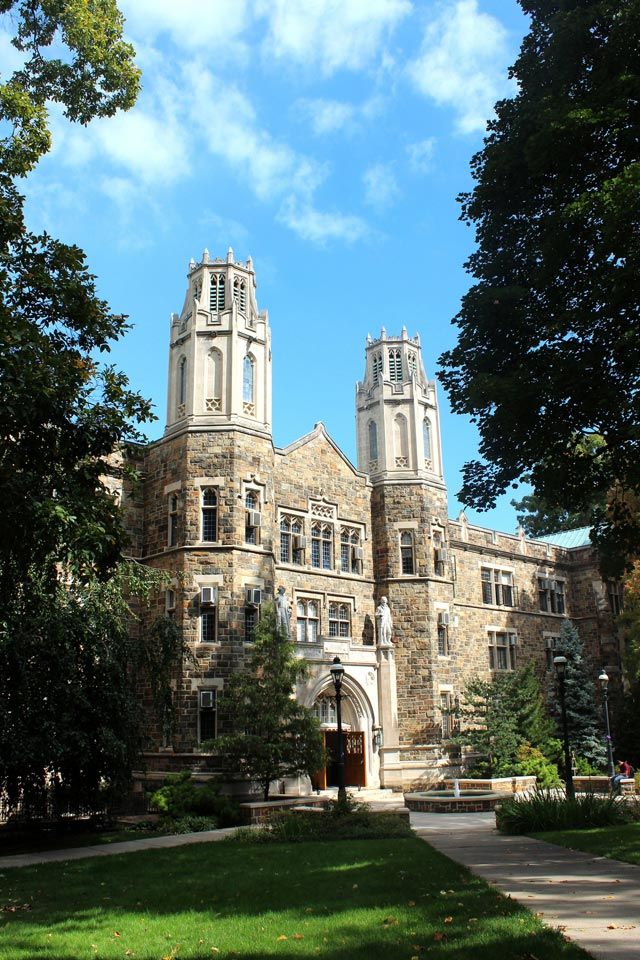Advanced imaging techniques make it possible to see the interior of the cell with greater clarity than ever. Now, a new software program is enabling researchers to go a step further and quantitatively analyze the thin filaments of actin protein that are critical to cell division and the formation of the cell’s cytoskeleton.
Stretching Open Active Contours (SOACs) has been developed by a team led by Xiaolei Huang, associate professor of computer science and engineering, and Dimitrios Vavylonis, associate professor of physics in Lehigh’s College of Arts and Sciences. Vavylonis and Huang have a five-year grant from NIH.
SOACs uses a quantitative image analysis algorithm known as “active contours” or “snakes” that detects filaments, locates their centerlines, delineates them from their networks and pinpoints filament junctions.
The software overcomes low signal-to-noise ratio, nonuniform intensity and width along filaments, faint filaments, intersecting and overlapping filaments, and the presence of non-filament structures. Multiple snakes can act in concert to extract a complete meshwork of actin filaments.
SOACs measures the rigidity of the filaments and the cables they form, their curvature and spatial distribution, and the changes these features undergo over time. It quantifies the brightness or dimness of the filament cables, which helps reveal the concentration of the filaments.
Active contours are a common computer vision technique for delineating object outlines. Huang’s students—Hongsheng Li, now associate professor at the University of Electronic Science and Technology in Chengdu, China, and Ph.D. candidate Ting Xu—helped develop the program that makes the contours open and stretch.
“Each contour,” says Huang, “is like an intelligent curve or robot. They work together to locate and extract the centerline of a complex network. SOACs can be applied to all kinds of polymeric networks, including actin networks and microtubules; they can also be useful in extracting capillaries and even neural networks.”
Because of actin proteins’ role in the division of all human cells, including cancerous cells, the researchers hope that learning more about them will aid in the search for cancer therapies based on an advanced understanding of cellular function.

